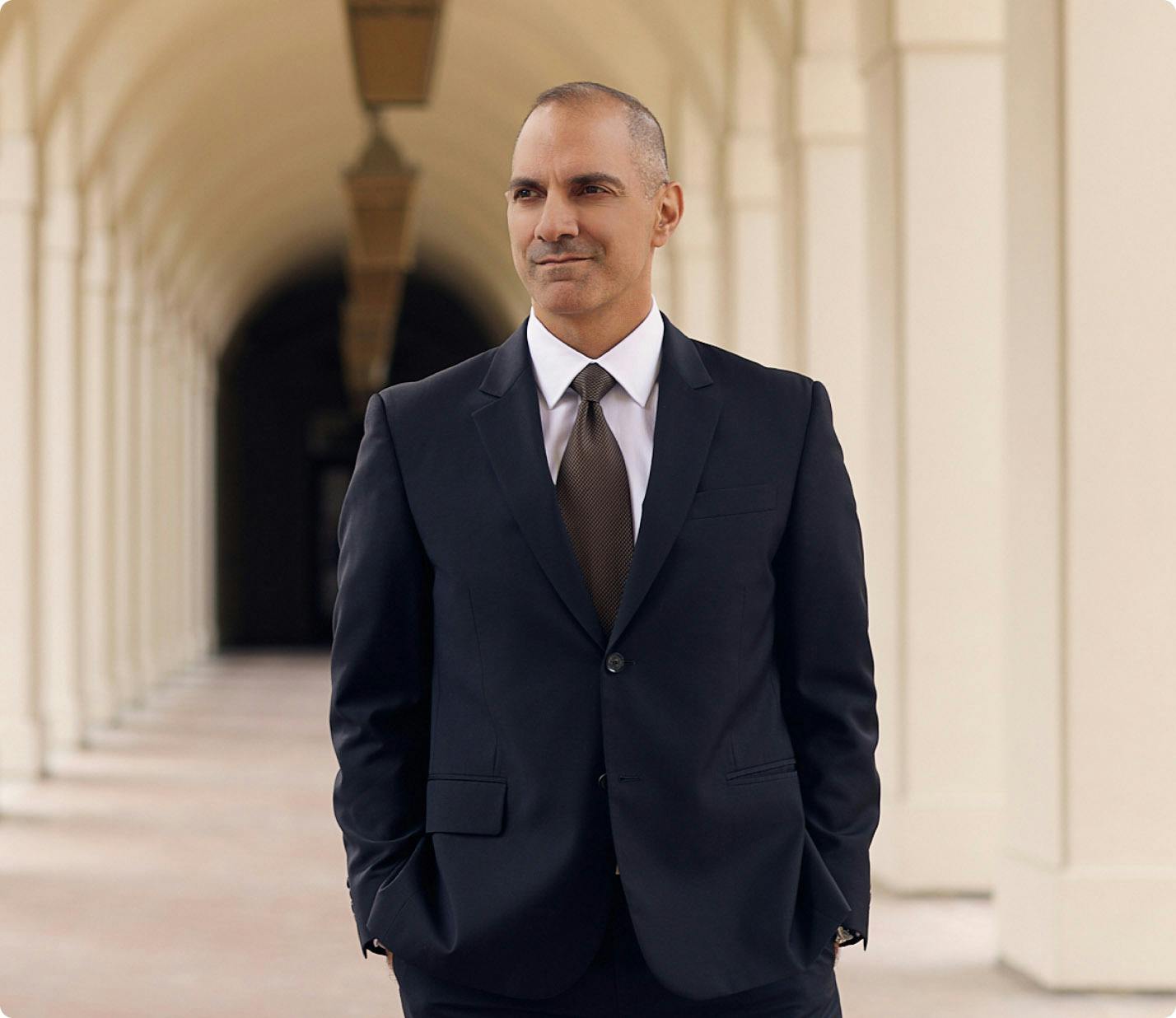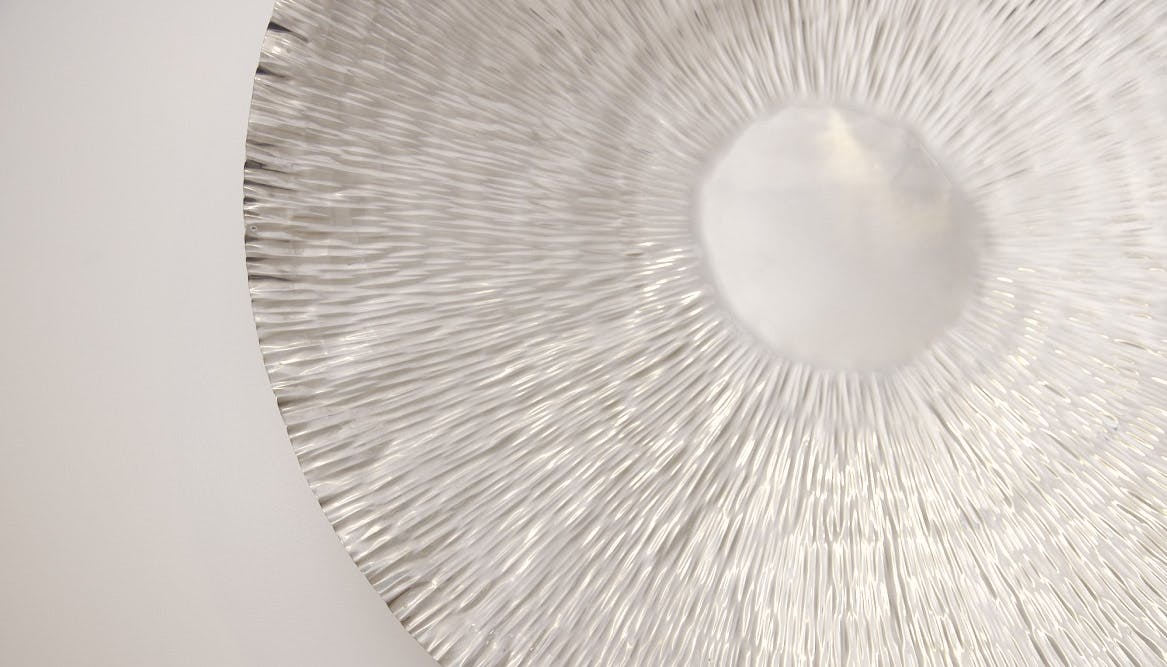There may be instances when more than one type of tissue is present in a vascular malformation. For example, capillary malformations may be present alongside venous and/or lymphatic malformations. Arteriovenous malformations are another example where abnormal arteries and veins develop together.
Arteriovenous Malformations (AVMs): Aggressive Nature and Treatment Approaches
AVMs are different from other types of vascular malformations in that they are significantly more aggressive. Trauma or surgery of the involved area can trigger growth of the mass and worsening of symptoms. They can “steal” blood flow from areas further away causing ulcerations and decreased blood flow to fingers and toes. In the worst case, they can cause heart failure secondary to overexertion of the heart to provide blood flow to the area. Treatment can include embolization, sclerotherapy, or surgery. Compression garments can also be helpful.
Dr. Panossian has been treating patients with AVMs for over a decade. Treatment is usually reserved for patients that have become symptomatic, as described above. Surgery is still considered to be the only curative intervention, however, a combined approach is often employed. Surgery may or may not be preceded with embolization of large feeding arteries. Embolization alone may be helpful in alleviating symptoms temporarily and under rare circumstances, can stop expansion of an AVM. New approaches are being researched. Although benign, AVMs are considered one of the most difficult vascular malformations to treat.








